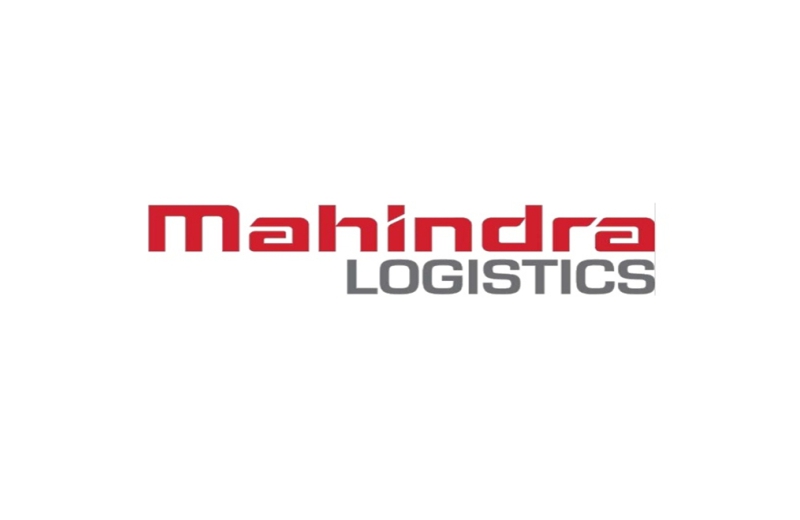Mahindra Logistics, which has done trials using drones at one of its warehouses, is awaiting regulatory approvals before it starts using unmanned aerial vehicles (UAVs) to improve the accuracy of the inventory and lower labour cost.
The move comes at a time when warehouses are getting increasingly bigger and logistics companies are trying out newer technology to offer better services to their customers.
The drones will not only count the number of products being stored, but will also scan them to determine their nature much faster.
“Drone technology will reduce the number of people employed in a warehouse and also bring in more accuracy,” Pirojshaw Sarkari, CEO, Mahindra Logistics, told BusinessLine . “We have done a trial run at one of our large warehouses with a drone company. Where we are stuck right now is certain permissions are required from the government authorities to use drones,” he said.
The regulatory barrier
Logistics companies abroad have already tested drones in warehouses which are closed spaces. Geodis, the logistics arm of SNCF (the French national railway), has partnered with Delta Drone, a French drone-making company, to develop a fully-automated drive for its large warehouse.
Geodis has already conducted a two-year trial with Delta Drone, which has a stake in another company that trains drone pilots.
The drones – flying in large warehouses – will be be able to provide data on a real-time basis, at non-working hours. Geodis plans to use the drones globally this year to automate five warehouses.
Given the plethora of regulations that govern the use of drones in open spaces, particularly for last-mile delivery — something that Amazon had initially tested them for — they may be used sooner in closed spaces.
New-age technologies
In India, as logistics players start managing a bigger chunk of warehouse and transportation work for their customers, Mahindra Logistics expects a higher adoption of Internet of Things.
“There is lot of new-age technologies coming into the logistics sector. These technologies reduce costs and provide better analytics that enable better decisions. For example, demand planning or predicting demand is a huge area, which today customers do on their own. But they want professional logistics players to manage demand planning as well,” said Sarkari.
For instance, there is no way for a customer to know whether a logistics player is efficiently using the assets deployed for them in the warehouse.
“At present, if we were to install five forklift trucks, a customer and I would just bargain for the number of forklifts to be deployed. We would negotiate and arrive at a common number. The customer would like to know the capacity utilisation of trucks being operated…whether it is at 60 per cent or 70 per cent,” he said, adding that this information also helps Mahindra Logistics utilise its assets better.






